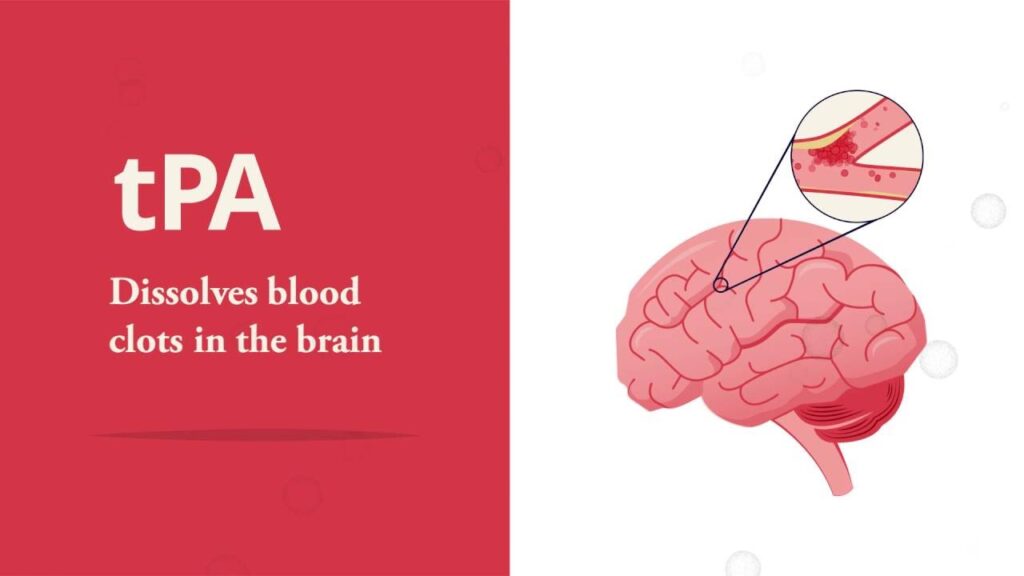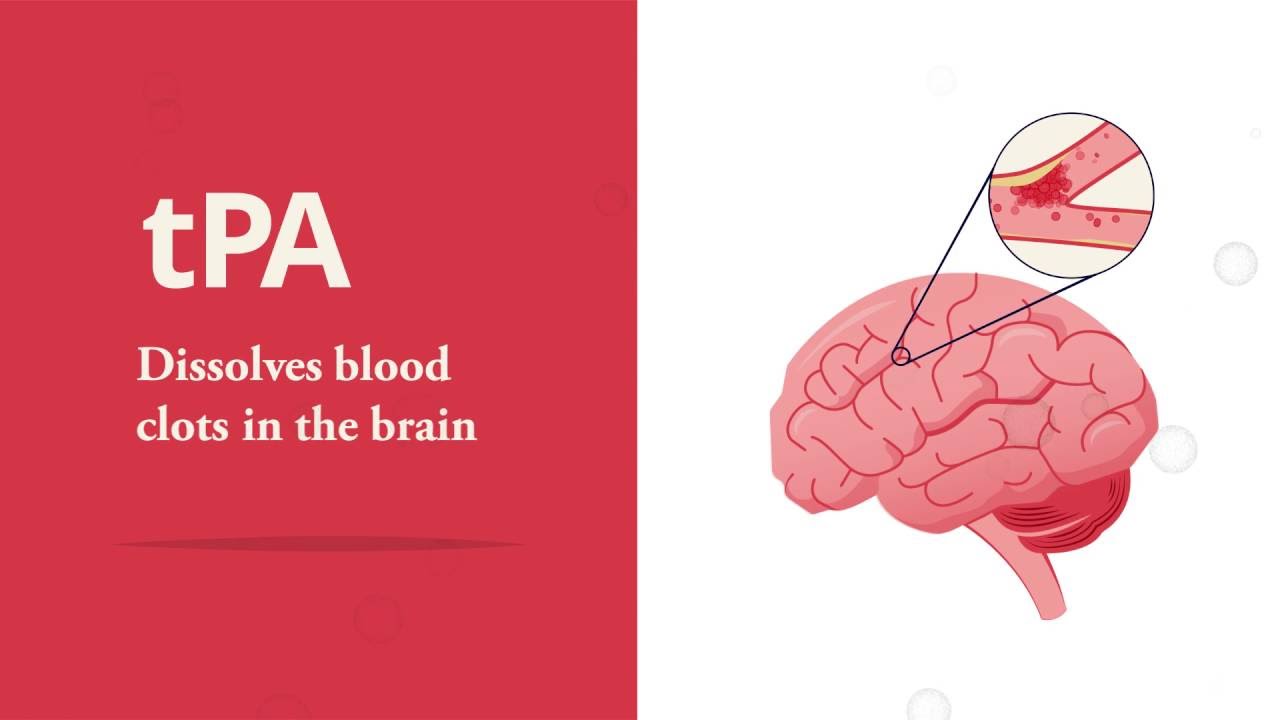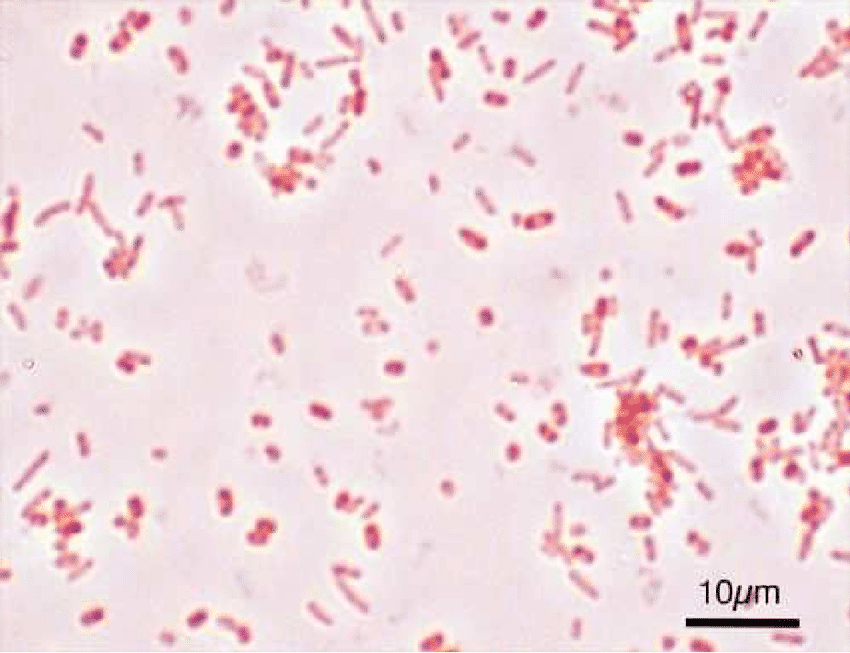Acute Ischemic Stroke Treatment – tPA vs. EVT
Fighting the Blockage: Acute Stroke Treatment Options
An emergency requiring rapid medical attention is a stroke, which can be caused by a blood clot obstructing blood flow to the brain (ischemic stroke) or by a ruptured blood vessel causing internal bleeding in the brain (hemorrhagic stroke). This blog post discusses endovascular thrombectomy (EVT) and intravenous thrombolysis (tPA), two treatments for ischemic stroke that attempt to remove the blood clot and restore blood flow to the brain.
Table of Contents

Time Is Brain: Why Early Intervention Is Critical
Acute Ischemic Stroke Treatment – tPA vs. EVT
The blood’s continuous delivery of nutrients and oxygen to brain cells is essential. Within minutes of a stroke, brain cells that are starved of oxygen and nutrients start to die. Thus, reducing brain damage and maximizing results depend on prompt diagnosis and treatment. This is where EVT and tPA are useful.
Intravenous thrombolysis (tPA) is used to dissolve the clot.
Acute Ischemic Stroke Treatment – tPA vs. EVT
A drug called intravenous thrombolysis (tPA) is injected into a vein to help break up blood clots. When certain conditions are met, it is the first-line treatment for the majority of ischemic strokes.
Advantages of tPA:
- minimally invasive method
- able to be promptly administered in an emergency
- enhances results by lowering brain damage
tPA’s drawbacks:
- has a window of opportunity for effectiveness (about 4.5 hours after the stroke beginning)
- Not appropriate for all patients because there may be an elevated risk of bleeding
Acute Ischemic Stroke Treatment – tPA vs. EVT
Doctors carefully evaluate each patient’s unique circumstances before deciding if tPA is the safest and best course of action.
Endovascular Thrombectomy: A Mechanical Clot Removal Procedure (EVT)
Endovascular thrombectomy (EVT) is a minimally invasive technique where the blocked blood vessel in the brain is reached by inserting a catheter through an artery in the groin. The clot is then grabbed and removed using a small device.
Advantages of EVT:
- greater success rate while eliminating big clots than with tPA
- may work in some circumstances even after the tPA window (up to 24 hours after stroke onset).
EVT’s limitations:
- need skilled interventional neurologists and specific facilities.
- Not always easily accessible in hospitals
Acute Ischemic Stroke Treatment – tPA vs. EVT
When dealing with big clots or when tPA is not an option, extracorporeal magnetic stimulation (EVT) has become a potent method in the treatment of ischemic stroke.
Selecting the Appropriate Method: Tailored Care Schemes
The decision between tPA and EVT is influenced by various elements, such as:
- Period since the start of the stroke: Even after the tPA time window, EVT might be a possibility.
- Location and size of the clot: In some cases, big clots may respond better to EVT.
- General health of the patient: The possibility of bleeding must be properly taken into account.
Acute Ischemic Stroke Treatment – tPA vs. EVT
Medical professionals will carefully assess each patient and their unique circumstances in order to choose the best course of action.
Moving Past Clot Elimination to Aid in Stroke Recovery
Stroke treatment doesn’t stop with the removal of the clot, though. After the clot is removed, a number of therapies are essential for promoting healing:
- Medication: Medication can be used to lower swelling, stop new clots from forming, and regulate blood pressure.
- Rehabilitation: Speech, occupational, and physical therapy can assist in regaining lost abilities.
- Lifestyle modifications: Eating a balanced diet, getting regular exercise, and controlling stress are all important for general health and preventing strokes.
Acute Ischemic Stroke Treatment – tPA vs. EVT
A thorough treatment plan and dedication to rehabilitation can greatly enhance a stroke survivor’s quality of life.
Acute Ischemic Stroke Treatment – tPA vs. EVT
Remember: Brain is time. Get medical help right away if you think you may be having a stroke. Significantly better results can be achieved with early intervention using tPA, EVT, and other stroke treatments.






Recent Comments